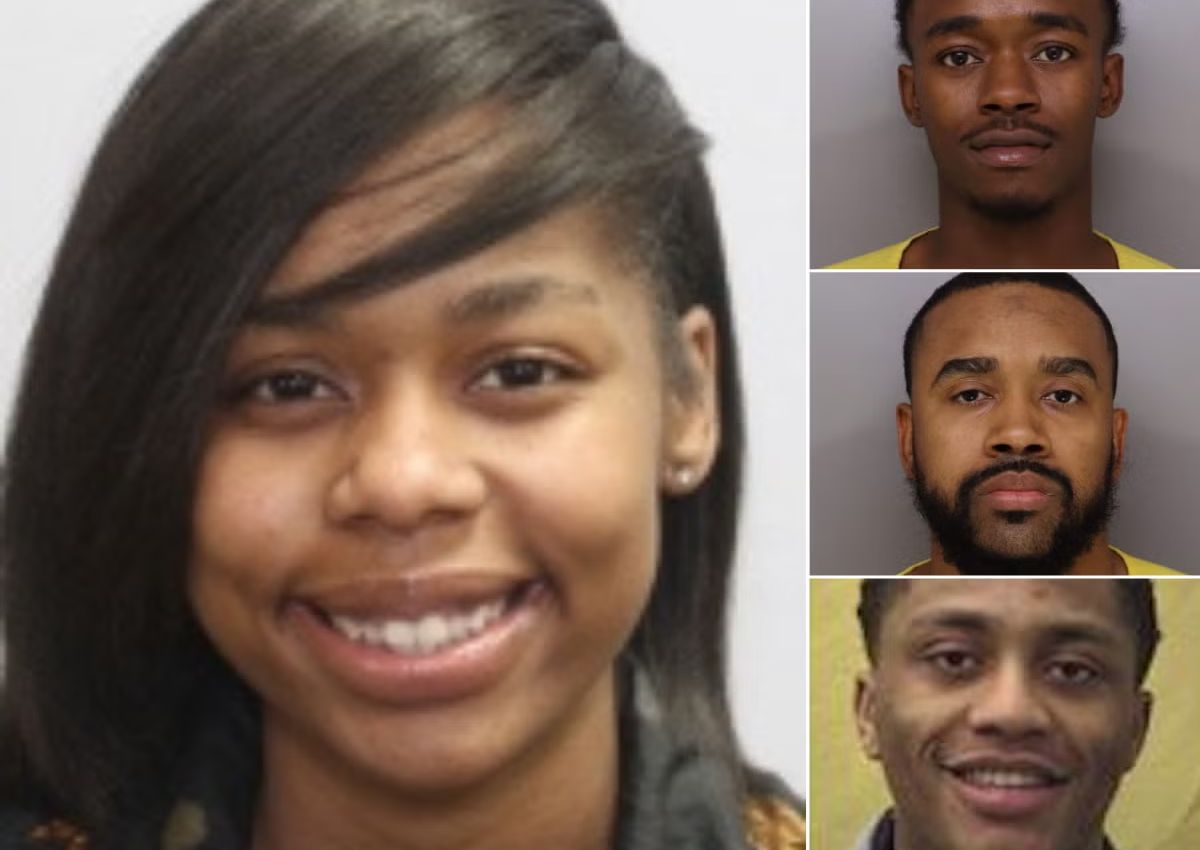On a midday Tuesday, a quiet intersection in south Minneapolis was shattered by a deluge of gunfire, and with it, a sense of safety residents had begun to reclaim. Around 1:30 p.m., an armed gunman unleashed approximately 30 rounds from a high-powered .223 rifle at the corner of Clinton Avenue and East 29th Street. In the aftermath, one person lay dead and six others were wounded. The violence struck like a lightning bolt, sudden, overwhelming, and terrifying in its intensity.
The Firepower of Fear
Minneapolis Police Chief Brian O’Hara condemned the attack as shockingly excessive. “This level of firepower unleashed in broad daylight is completely sickening and unacceptable,” he said. Among the six injured, five men and one woman, three are in critical condition. Thankfully, officers anticipate all survivors will pull through. At least one individual appears to have been singled out by the shooter.
Panic in the Neighborhood
Residents say the shooting’s echo rattled nerves across the block. Eustacio Alatorre described how he and his family scrambled to safety, “We went down to the basement,” he said. “My wife is scared.” Nearby, Loretta Arradondo, whose son works close by, though shaken, praised the police response. “The solution is exactly what MPD is doing,” she explained, appreciating their presence and vigilance.
Police have yet to apprehend the shooter, but say they are following “strong leads.” The suspect fled the scene in a vehicle, and the hunt is ongoing.
When Numbers Offer Hope Amid Pain
This type of violence is jarring, but it also stands in stark contrast to broader trends. City leaders have hailed 2025 as a turning point: the first quarter brought gunshot wound incidents and homicides back to pre-pandemic levels, with no homicides recorded between mid-February and early April, marking the longest such stretch since 2017.
On the North Side, long one of the most violent corners of the city, shootings dropped to the lowest levels seen in a decade. In 2024, shooting victims fell by 21% from the previous year, matching figures last seen pre-2020.
Uneven Progress, Lingering Fear
But the gains are not felt equally across neighborhoods. While metro-wide statistics suggest improvement, residents continue to feel vulnerable, especially when headlines like Tuesday’s bring gun violence into focus again. Chief O’Hara has acknowledged that even as numbers decline, perceptions lag behind. “It’s a number of strategies,” he said, pointing to enforcement, community outreach, and partnerships as factors in the improvement.
More Than a Statistic
In Minneapolis, one shooting can overshadow months of progress. For each community member caught in the crossfire, recovery won’t be counted in quarterly data. Trauma doesn’t show up on dashboards, but it shapes neighborhoods for years.
That’s why long-term change depends not only on reduced crime rates, but on continued police presence, community dialogue, and investment in outreach efforts to rebuild trust. As neighbors emotionally peel themselves from this day’s tragedy, they’re left hoping the broader downward trend holds, and that this kind of violence becomes increasingly rare.




